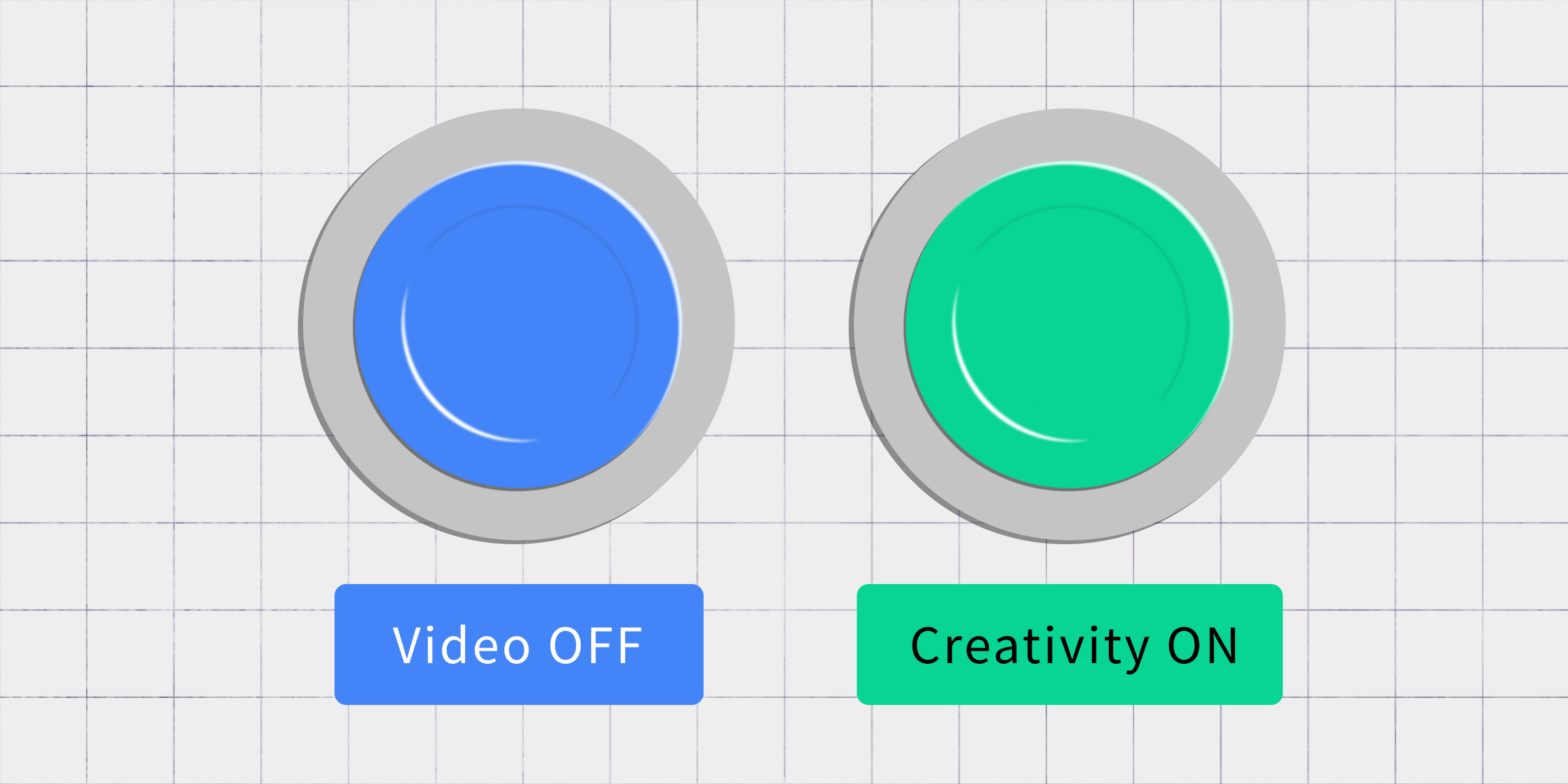Some institutions and faculty members have strongly encouraged students to keep their cameras on to maintain face-to-face connections in an era of distance learning. For students without reliable high-speed internet access, keeping their video on can slow down the connection. Some students may also feel uncomfortable with their classmates seeing their living spaces. For others, appearing on-camera itself can be anxiety-inducing.
Keeping connections strong
Teaching and learning in online and blended environments continues to be an adjustment for all. When we’re working outside our comfort zones, our instinct to control often kicks into high gear. But this can be counterproductive at a time when many students are already struggling to adapt to learning online and coping with life in a pandemic.
Leading with empathy and inclusivity are good places to start. For Michelle Miller, Professor of Psychological Sciences and President’s Distinguished Teaching Fellow at Northern Arizona University, this means accepting that the most inclusive thing to say is, “However you can join us is how you can join us.” It means understanding some students may not have all eyes on you at all times in every lecture, and that’s okay.
Josh Weiss, an educational technology specialist at Stanford University’s Graduate School of Education, notes that there “may be a tension between keeping students comfortable and still allowing personality to come through,” Weiss said. “The camera doesn’t have to be on for that, but there does have to be an extra effort if it isn’t.”
Engagement without facetime
Shawn Kim, director of Digital Learning Initiatives at Stanford’s Graduate School of Education, recommends trying different approaches to understand if students are paying attention. This can be as simple as using polls during class, interactive whiteboards or reaction buttons like a thumbs-up. “Seeing someone’s face is only one component of academic engagement,” he said. “The learning material itself, how it’s presented and what’s happening at home are a few other contributing factors.”
Offering other avenues to check in helps you meet students where they are while allowing them to engage in a way that makes sense for them.
Off-camera connection building may mean thinking outside the box. Consider using breakout rooms for small-group discussion, with a “share-out” when students return to the larger group. This is where one student volunteers to update the rest of the class on what they discussed in their small group. You can also try getting creative with live chat features and have students post comments. When teaching large classes, discussion forums are an easy way to gain deeper insights into student understanding, as well as where they might be struggling.
Give your students the break they need
If you’ve ever ended a Zoom call and immediately been hit by a wave of sleepiness, it’s not just the mid-afternoon slump or the caffeine wearing off. Video chat tools can actually make you feel like you’re performing for the camera. It can also be tiring to look at your own face all day. The reality is these platforms were all designed for video conferences or informal catch-ups, rather than a primary teaching and learning tool.
Zoom requires a new level of concentration because much of the body language and non-verbal cues we rely on to communicate are harder to discern. An overload of on-screen distractions can make it a challenge for our brains to process everything we see, especially in large group calls with a gallery view display.
Consider having students join your Zoom class with a plain virtual background (if they feel comfortable) or recommend students turn their video feed off altogether. You can request students to turn their video on only when asking a question or presenting a project. Giving your students a break from being on-camera helps them stay alert in course content, instead of focusing on distractions on-screen.
Alternatively, you can structure your synchronous lectures to keep talking and presenting to 10 min increments. This can be followed by a video or independent review that helps expand or come at the learning objective in a different way. When followed by an activity like a short quiz or discussion question, this helps break things up in a way that keeps things fresh and avoids an overload of on screen time.
Learning in the long-term
Higher education institutions will rely on online and hybrid learning for the foreseeable future. For this reason, it’s important that students and instructors find ways to connect and engage, while still maintaining a comfortable learning environment for all, regardless of where they may be tuning in to class.


